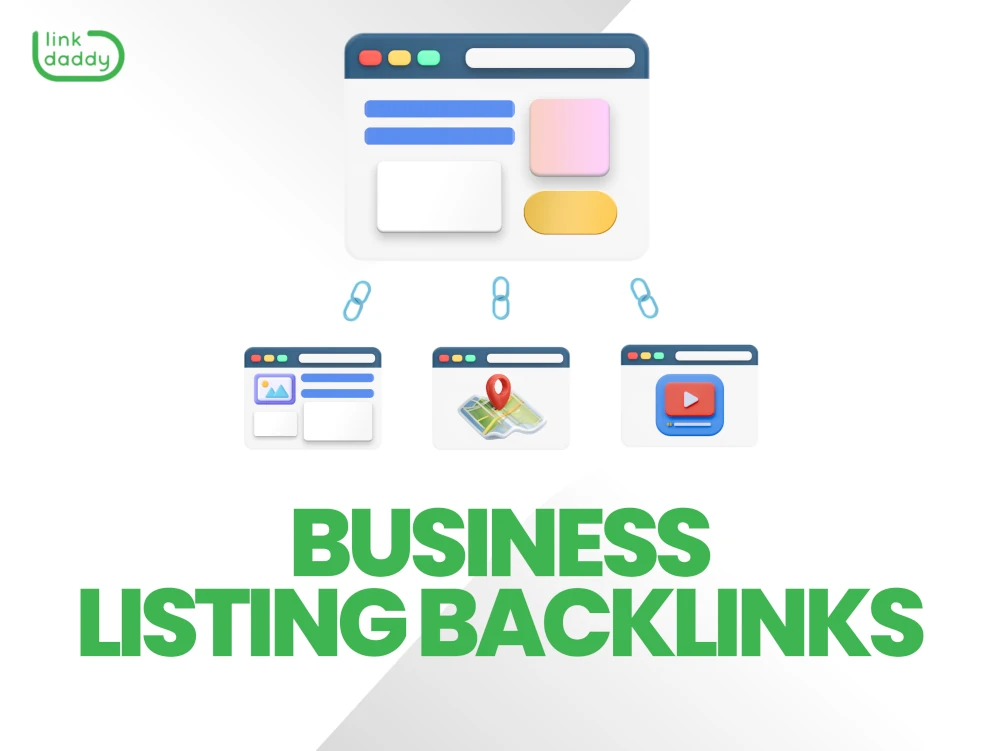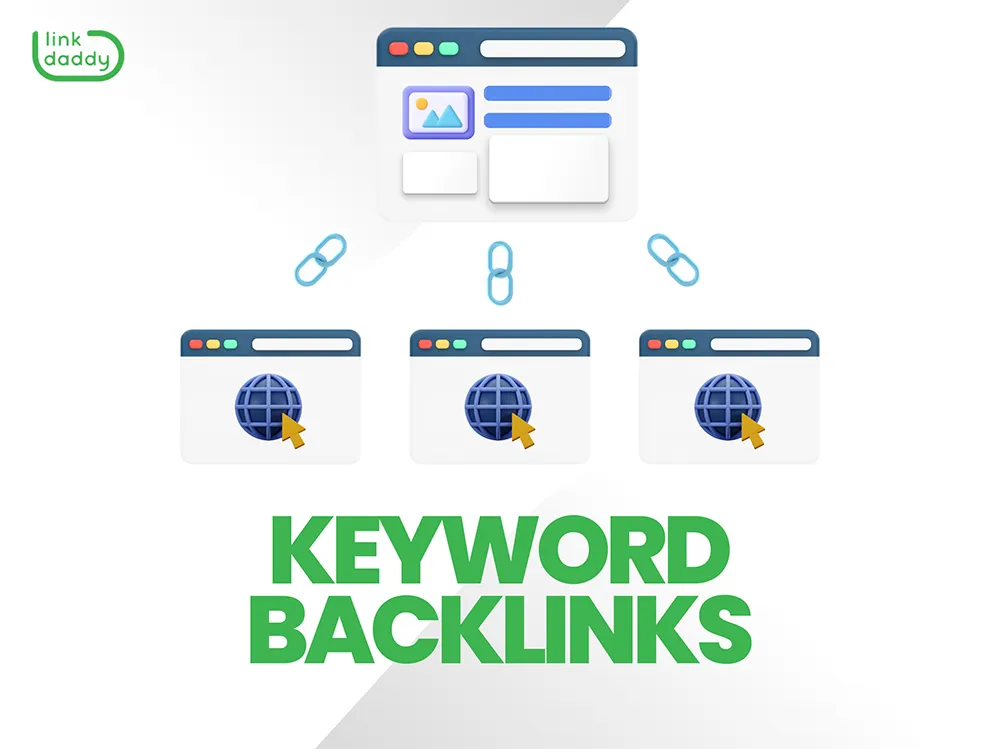Browsing the Cloud Providers Landscape: Tips and Finest Practices
In the swiftly advancing realm of cloud services, services deal with a plethora of difficulties and selections when it concerns navigating the complex landscape of cloud offerings. With a myriad of service versions, varying protection factors to consider, and price optimization strategies to consider, the job of picking the ideal cloud provider can be intimidating. Nevertheless, by recognizing crucial best techniques and tips for successful cloud adoption, companies can tactically place themselves for improved effectiveness, flexibility, and scalability in their procedures.
Comprehending Cloud Solution Models
Browsing the landscape of cloud services begins with a clear understanding of the different cloud solution versions readily available in the market. Cloud computer offers three key solution versions: Facilities as a Solution (IaaS), System as a Solution (PaaS), and Software Program as a Solution (SaaS) Each version gives different levels of abstraction and management duties for individuals.

Platform as a Service (PaaS) gives a platform allowing customers to create, run, and take care of applications without the complexity of building and preserving the infrastructure. PaaS offerings include growth tools, data source management systems, and organization analytics services.
Popular SaaS applications include client partnership management (CRM), email solutions, and office productivity tools. Comprehending these cloud service versions is important for selecting the best fit for your organization's requirements and objectives.
Reviewing Protection Factors To Consider
Security factors to consider play an essential function in the analysis of cloud solutions to guarantee data defense and privacy. When evaluating cloud provider, it is critical to prioritize security features and procedures. One crucial aspect to examine is the service provider's conformity certifications, such as ISO 27001 or SOC 2, which suggest adherence to sector best practices for safety and security. Additionally, analyzing the company's data security techniques, both in transit and at remainder, is important to protect sensitive info from unauthorized gain access to.
Additionally, assessing the company's physical protection actions at data centers, consisting of accessibility controls and security, helps mitigate potential dangers. Implementing multi-factor verification and strong password plans adds one more layer of protection versus cyber threats - Cloud Services. Routine safety and security audits and penetration screening can likewise determine susceptabilities and ensure continual improvement of protection steps
Price Optimization Strategies
In addition to focusing on protection attributes and procedures when reviewing cloud company, it is necessary to implement expense optimization strategies to maximize operational performance and funds. One efficient expense optimization technique is to on a regular basis examine and change your cloud use based on real requirements. This read includes surveillance source application, determining underutilized circumstances, and scaling resources up or down appropriately. Using scheduled instances or place circumstances, where suitable, can likewise cause considerable expense financial savings. One more technique is to take advantage of serverless computing solutions that bill based on actual usage rather than pre-allocated ability. Additionally, executing automated scheduling for non-production circumstances to close down throughout off-peak hours can help in reducing prices. In addition, taking into consideration multi-cloud or hybrid cloud techniques can provide expense advantages by making use of the staminas of different carriers for different workloads. By proactively carrying out these price optimization methods, services can improve their cloud expenses while maintaining ideal efficiency and scalability.
Choosing the Right Provider
When choosing a cloud solution provider, businesses need to thoroughly review essential aspects to make certain ideal efficiency and cost-effectiveness. It is important to select a provider with a Cloud Services proven track record of high schedule and robust disaster recovery steps.
Another vital consideration is data safety and security. When choosing a service copyright, companies must prioritize the security and privacy of their data. Seek suppliers that offer strong file encryption, routine safety and security audits, and conformity certifications to guarantee information defense.
Scalability is also a vital factor to evaluate. As service demands evolve, the cloud company should provide flexible scalability choices to fit development or changes in need effectively. This makes certain that organizations can quickly readjust their resources without incurring unnecessary costs.

Applying Cloud Migration Program
To efficiently transition to cloud solutions, organizations should thoroughly plan and implement their cloud migration strategies. Organizations should conduct a complete assessment of their current IT facilities, applications, and information to establish which components are appropriate for movement to the cloud.
After the analysis stage, businesses need to establish an in-depth movement approach that outlines the timeline, resource allocation, and essential turning points for the movement task. It is crucial to involve key stakeholders from different departments to guarantee positioning with service objectives and minimize interruptions during the movement procedure.
Furthermore, organizations ought to take into consideration elements such as information safety and security, compliance requirements, and scalability when selecting cloud solution providers and migration devices. Routine interaction, testing, and tracking are also necessary to deal with any concerns without delay and other make sure a successful migration to the cloud. By adhering to these ideal methods, companies can effectively apply their cloud migration plans and open the benefits of cloud services.
Conclusion

With a myriad of service designs, differing safety and security factors to consider, and price optimization techniques to take into consideration, the task of choosing the ideal cloud solution company can be intimidating.Browsing the landscape of cloud services begins with a clear understanding of the different cloud solution versions available in the market. Cloud computing uses 3 key service models: Facilities as a Solution (IaaS), System as a Solution (PaaS), and Software as a Service (SaaS)To effectively shift to shadow solutions, businesses should thoroughly plan and implement their cloud movement strategies (Cloud Services). By complying with these finest methods, services can successfully apply their cloud movement strategies and open the advantages of cloud solutions
Comments on “Cloud Services for every single Organization: Performance and Technology”